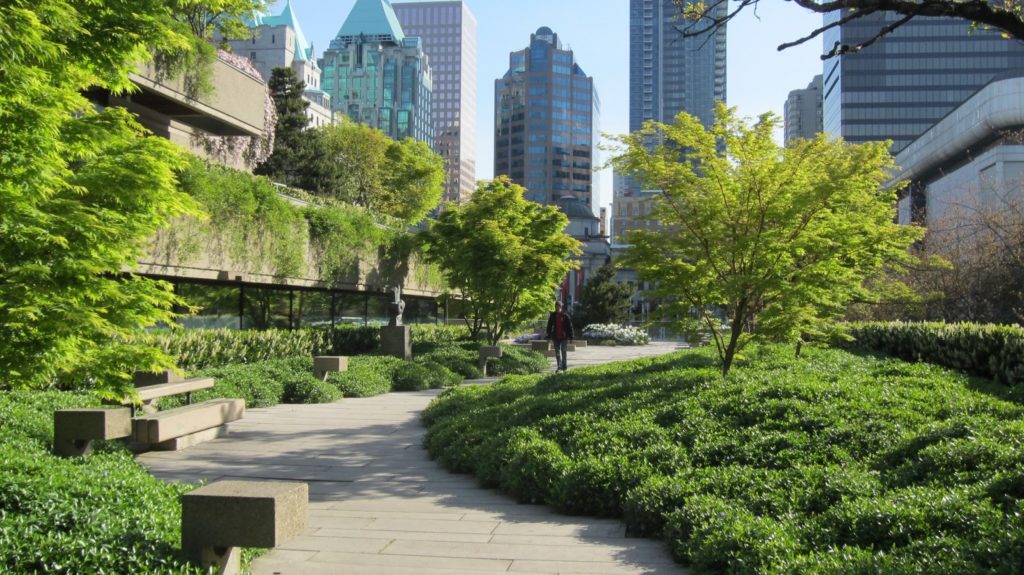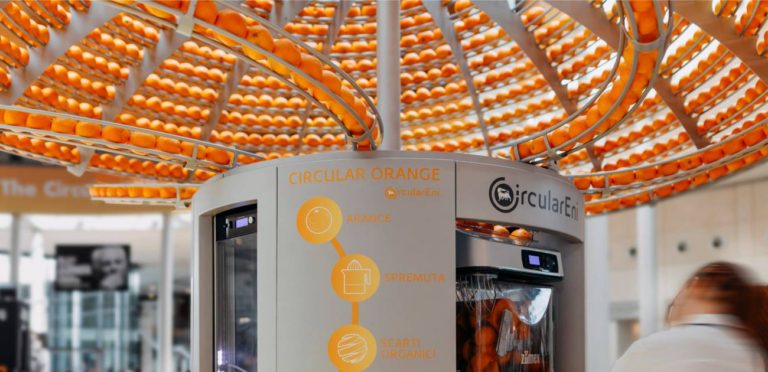Advertisements
Urban Tree Planting: Who doesn't like spending the afternoon with their family in the city park or taking a stroll along the beach promenade, enjoying the scenery? And when you're relaxing, enjoying the refreshing shade that trees provide is an unparalleled pleasure. However, many people don't know that urban trees are not planted without planning. In this post, we'll explore the concept of urban tree planting, how these projects are carried out, and their main advantages for society.

What is Urban Forestry?
Definition and Context
Urban afforestation refers to the planting and maintenance of trees and arboreal vegetation in urban areas. These green areas can be found in neighborhoods, squares, parks and even in residential gardens. It is crucial to distinguish urban afforestation from permanent preservation areas (APPs), which are intended for environmental conservation and do not qualify as urban afforestation areas.
Importance of Planning
Urban tree planting should not be done haphazardly. Urban tree planting projects should be planned by qualified professionals who understand the regulations and can collaborate with agencies such as the City Hall and the Public Lighting Department. Inadequate planning can lead to conflicts with urban infrastructure, such as electrical wiring and streetlights.
What is Urban Tree Planting for?
Direct Benefits
Urban trees bring a number of benefits to cities and their inhabitants. The main function is to mitigate the formation of heat islands and improve the quality of life in large urban centers. Trees contribute to reducing pollution, providing shade and improving thermal comfort, which is especially valuable in metropolises with intense urbanization.
Impact on City Value
In addition to the environmental benefits, urban forestry also promotes the city as a tourist destination. Cities like São Paulo have tree planting programs, such as the Pomar project, which aims to transform degraded areas into 14-kilometer gardens with native species. These projects not only beautify the city, but also help promote tourism and improve the city's image.
What is Road Afforestation?
Project Objectives
Roadside tree planting seeks to harmonize the landscape altered by road construction. These projects have multiple goals, including preventing the spread of fires, creating buffer zones for remaining forests, and reducing air pollution. In addition, roadside tree planting can make the area more attractive to tourism and improve the quality of life for residents.
Examples and Applications
Integrating trees into highways helps to mitigate the environmental impact of roads and provides additional benefits, such as noise reduction and improved visual conditions. The application of these projects varies according to the specific needs of each region, but the basic principle is the same: to create a more balanced and pleasant environment.
What are the benefits of urban landscaping?
Ecological Benefits
The ecological benefits of urban afforestation include improving the microclimate of urban areas. Trees help regulate temperature and increase relative humidity, which can reduce respiratory and skin problems. In addition, trees provide shade and protection from the rain, making urban walks more comfortable.
Aesthetic and Economic Benefits
Aesthetically, urban trees enrich the landscape of cities, adding color and dynamism to urban settings. This visual improvement can increase real estate values and attract tourists. Economically, urban trees reduce electricity consumption, as the shade from trees reduces the need for artificial air conditioning.
Social Benefits
Urban greening projects also provide opportunities for environmental education, helping people understand and value the urban environment. In addition, the presence of green areas promotes general well-being and strengthens the community by creating spaces for leisure and socialization.
How is Urban Landscaping Done?
Planning and Implementation
Implementing an urban tree planting project begins with a detailed survey of the existing situation. It is essential to understand the needs of the region, the available spaces and the characteristics of the local roads and plants. The selection of species should take into account the size of the trees, the width of the sidewalks and the maintenance needs.
Criteria for Choosing Species
The choice of trees for urban landscaping must take into account several factors, including resistance to pests and diseases, growth speed and aesthetic impact. Trees should have deep roots to avoid damaging sidewalks and foundations, and their foliage should be adequate to minimize problems with gutter clogging and roof damage.
The Role of Public Administration and the Community
Investment and Maintenance
Public administration plays a crucial role in the implementation and maintenance of afforestation projects. It is essential that these projects are planned and implemented by trustworthy companies and that they receive the appropriate investment to ensure their long-term effectiveness.
Community Collaboration
In addition to public investment, the preservation of green areas also depends on the collaboration of residents. Community awareness and participation are essential to keep trees healthy and ensure that the benefits are enjoyed by all.
Did you like this article? Share it with your friends and help spread the word about the importance of urban forestry!
Check out other interesting facts about recycling clicking here.
Learn how to make art by recycling, Click here.




This article on urban forestry is very timely and enlightening. We need documents that will add to the quality of urban forestry, so that we can provide brighter lives for our residents.